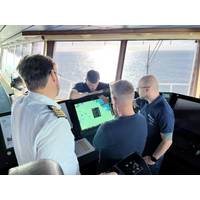
UKHO Partners with Shom to Launch International S-100 Sea Trials Program
The UK Hydrographic Office (UKHO) has launched an international sea trials program in partnership with the French Hydrographic and Oceanographic Service (Shom). The joint program represents the most comprehensive test of S-100 data standards to date and will form part of the International Hydrographic Organization’s (IHO) coordinated test bed framework. Throughout the trials, the UKHO and Shom will collect evidence to inform safety and efficiency use cases, while providing guidance on the introduction of the S-100 data framework, which is set to underpin the future of maritime

At the Helm of the UKHO
around 3,000 Defence Service Delivery customers – supporting safe navigation and enhanced situational awareness."ADMIRALTY ENC being used on board. Credit: UKHOADMIRALTY ENC. Credit: UKHOMore data, better navigationIn particular, the UKHO is engaged in the introduction of the International Hydrographic Organization’s (IHO) forthcoming S-100 framework, which will help standardize the way maritime data is collected, shared and used."Building on the foundations laid by S-57 (the standard for today’s ENCs), S-100 will bring together interoperable data layers including high-resolution
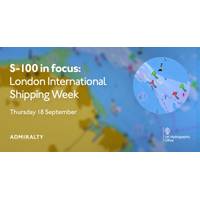
UKHO to Host ‘S-100 in focus’ Panel at London International Shipping Week 2025
. Titled "S-100 in focus," the session will take place on Thursday, September 18, 2025, at Sea Containers, London, and is free to attend with advance registration. The event will examine the maritime sector’s transition to the S-100 framework, designed by the International Hydrographic Organization (IHO). Focusing on S-100’s development and implementation, the session will cover how the new standard differs from the existing S-57 format and what this could mean for navigation, decision-making, and operational efficiency. The panel of speakers will feature a range
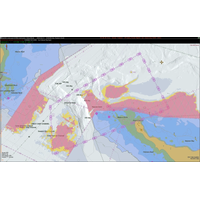
Phase 1 of S-100 Implementation Complete
Phase 1 of S-100 Standards implementation is now complete after the operational release of standards S-124 Navigational Warnings and S-128 Catalogue of Nautical Products.The S-100 framework is a new global standard created by the International Hydrographic Organization (IHO), in collaboration with other hydrographic offices around the world, that enables the integration of diverse datasets within a single Electronic Chart Display and Information System (ECDIS) or other hydrographic application platforms.Users will be able to combine various data layers with electronic navigational charts including
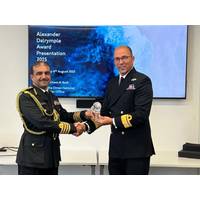
Captain Ahmed Al Badi receives 2025 Alexander Dalrymple Award
was elected as the RSAHC’s first S-100 coordinator. Instrumental in prioritizing collaboration, sharing expertise and ensuring compliance with hydrographic standards, Captain Ahmed’s contributions to the ROPME were also recognized by the UKHO. As an active member of International Hydrographic Organization’s (IHO) meetings, Captain Ahmed’s influence has led to Oman hosting multiple IHO capacity building training events. “This honor serves as a strong motivation to continue contributing to the field of hydrography with dedication and integrity. I am truly proud
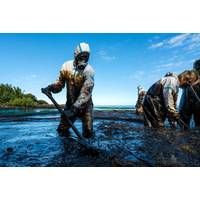
S-100 has Value Beyond ECDIS
The S-100 framework is a new global standard created by the International Hydrographic Organization (IHO), in collaboration with other hydrographic offices around the world, that enables the integration of diverse datasets within a single Electronic Chart Display and Information System (ECDIS).Mariners will be able to combine various data layers with Electronic Navigational Charts including detailed depth information and dynamic information on tides and currents.S-100 builds on the digital foundation of S-57, the standard for electronic navigational charts since 1992. The goal is to enhance situational
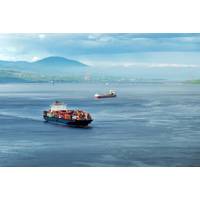
Canada Trials S-100 on St. Lawrence River
Service (CHS), under Fisheries and Oceans Canada, is taking a leading role in validating new digital hydrographic standards, with the Minister of Fisheries, Joanne Thompson, launching S-100 sea trials on the St. Lawrence River.The S-100 data model is a new global standard created by the International Hydrographic Organization (IHO), which offers a new way of visualizing the marine environment using layered, interactive digital data that can be added to navigational charts. Unlike traditional paper or electronic charts, the new standard integrates real-time information – like depths, landmarks, tides
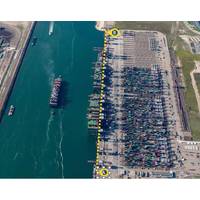
IHO Nautical Information Provision Work Group endorses Guide for Nautical Data 2.1
During a meeting on 4 December 2024, the International Hydrographic Organization Nautical Information Provision Work Group (IHO NIPWG) held a vote on the new Guide for Nautical Data 2.1. The guide was unanimously endorsed.The guide has been written, with contributory input from International Harbour Masters Association (IHMA) members around the world, to support hydrographic offices and port authorities in the discharge of their collective responsibilities as per the International Maritime Organization’s (IMO) International Convention for the Safety of Life at Sea (SOLAS) Chapter V, Regulation
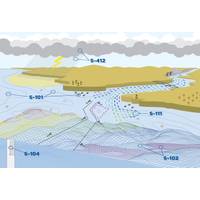
IHO Member States Adopt S-100 Operational Standards
International Hydrographic Organization (IHO) member states have adopted the first set of operational standards within the S-100 framework.The S-100 framework enables the integration of diverse datasets within a single Electronic Chart Display and Information System (ECDIS). Mariners will now be able to combine various data layers such as Electronic Navigational Charts (ENCs), detailed depth information and dynamic information on water level and currents to enhance situational awareness and decision-making.The adoption of the operational standards paves the way for coastal states to offer official

 December 2025
December 2025





